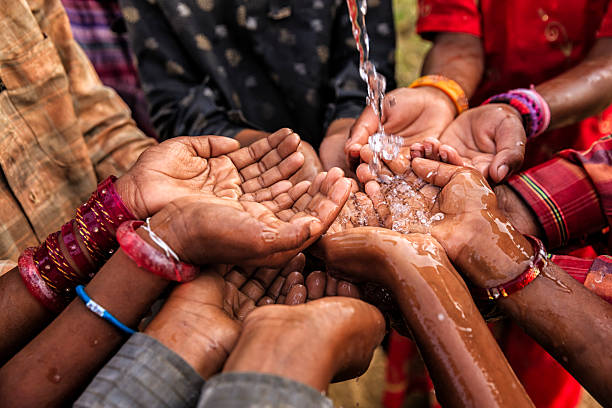- Empty cart.
- Continue Shopping
The Importance of Water Safety for Kids

Water is a source of joy, recreation, and physical activity for children. Whether it’s swimming in a pool, playing at the beach, or splashing around in a backyard sprinkler, water offers endless opportunities for fun. However, water can also pose significant risks to children if safety precautions are not taken seriously. Drowning is a leading cause of accidental death in children, and it’s crucial for parents and caregivers to understand the importance of water safety for kids.
1. Drowning Can Happen Quickly and Silently
One of the most alarming aspects of drowning is how quickly it can occur, often without any warning signs. Children can silently slip under the water in a matter of seconds, even in shallow pools or calm-looking bodies of water. Vigilance and constant supervision are essential when children are near water to prevent tragic accidents.
2. Children Are Naturally Drawn to Water
Children are naturally curious and drawn to water. This attraction can be a beautiful part of childhood, fostering a love for swimming and outdoor activities. However, it also means that kids may not recognize the dangers associated with water. It’s up to adults to teach them how to enjoy water safely.
3. Accidents Can Happen Anywhere
Water-related accidents can happen in various settings, not just swimming pools. Children can get into trouble in bathtubs, hot tubs, ponds, lakes, and even buckets of water. Understanding that water safety is relevant in multiple environments is crucial for parents and caregivers.
4. Drowning Is Preventable
Drowning is often preventable with the right precautions and supervision. By following water safety guidelines, adults can significantly reduce the risk of accidents and ensure that children can safely enjoy their time in the water.
5. It’s a Lifelong Skill
Teaching children water safety is not just about protecting them in the short term. It’s an investment in their future well-being. Learning how to swim and how to be safe around water are essential life skills that can serve them throughout their lives.
6. Water Safety Education Saves Lives
Educating children about water safety and teaching them to swim can save lives. Knowing what to do in an emergency situation, how to float, and how to tread water are valuable skills that can make a difference in a life-threatening situation.
7. It Reduces Fear and Anxiety
Water safety education can help reduce children’s fear and anxiety about water. When kids are confident in their abilities and understand how to stay safe, they can enjoy water-related activities without unnecessary worry.
8. Parental Peace of Mind
Knowing that your child is equipped with water safety knowledge and skills provides parents and caregivers with peace of mind when their children are near water. It allows for a more enjoyable and stress-free experience for everyone.
Essential Water Safety Tips for Kids
Now that we’ve established the importance of water safety, here are some essential tips to help keep children safe in and around water:
1. Supervise Actively:
Never leave children unattended in or near water, even for a moment. Designate a responsible adult as the “water watcher” to provide constant supervision.
2. Secure Barriers:
Install secure fencing around swimming pools and hot tubs to prevent unsupervised access. Ensure that gates are self-closing and self-latching.
3. Teach Swimming Skills:
Enroll children in swimming lessons at an early age. Learning to swim is one of the most effective ways to prevent drowning.
4. Use Life Jackets:
In situations where swimming ability is limited or uncertain, have children wear U.S. Coast Guard-approved life jackets. Ensure that the life jacket is the right size and properly fastened.
5. Be Cautious Around Natural Water Bodies:
Exercise caution when swimming in lakes, rivers, or ponds. These natural water bodies can have strong currents, underwater hazards, and changing conditions.
6. Teach Water Safety Rules:
Educate children about water safety rules, including never running near pools, never swimming alone, and not diving into shallow water.
7. Know CPR:
Learn CPR (cardiopulmonary resuscitation) and rescue techniques. Being prepared to respond to an emergency can make a significant difference.
8. Set a Good Example:
Lead by example. Follow water safety rules yourself, wear life jackets when appropriate, and demonstrate safe behavior in and around water.
9. Empty and Secure Water Containers:
Empty containers like buckets and kiddie pools when they’re not in use. Secure them to prevent small children from accidentally falling in.
In Conclusion, Water safety for kids is not just a matter of caution; it’s a necessity. Drowning is a preventable tragedy, and by taking the appropriate precautions, parents, caregivers, and educators can ensure that children can enjoy water-related activities safely. Remember that the responsibility for water safety falls on adults, and with the right knowledge and vigilance, we can create a safe and enjoyable aquatic environment for our children.








